Aurora Orchestra: American Rhapsody with Tom Poster at Queen Elizabeth Hall
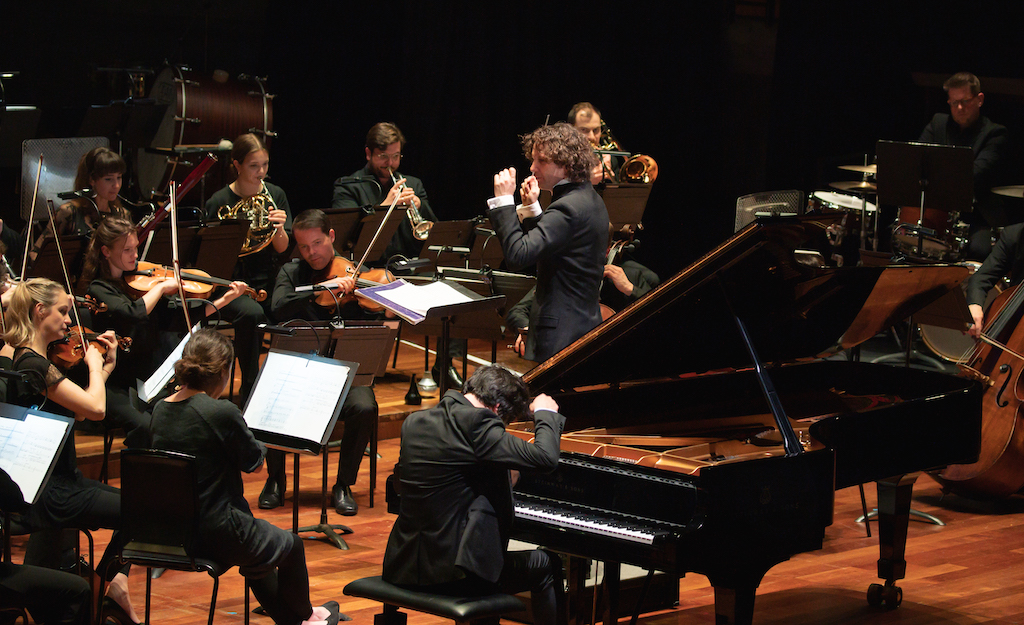
The Queen Elizabeth Hall is a compact setting for Aurora’s American adventure, and the intimate evening has a zesty introduction, with Caroline Shaw’s contemporary string quartet, Valencia, composed in 2012. The ensemble plays with elegance, standing in front of a large projection of an orange, which clarifies to the audience the composer’s somewhat intangible portrayal of “impossibly delicate vesicles of juice”.
The projection morphs into a more compelling cinematic backdrop for Charles Ives’s Three Places in New England. Varied footage of modern America, captured by Jon Frank in 2013, accompanies the composer’s haunting first movement, The “Saint Gaudens” in Boston Common. The work commemorates those killed in the first African-American unit of soldiers in the civil war. The camera cuts between a crowded subway platform, a baseball match and close-ups of blank, questioning faces – is this the 21st century American dream?
The effect is absorbing, though, if the intention is to relate the piece to modern America, for today’s audience the dated footage leaves an obvious missing link to the Black Lives Matter movement, which was founded in 2013. The second and third movements are more self-evident, portraying in music and film raucous 4th July celebrations, and a romantic river scene, depicted in luscious colour by the cor anglais and french horn dialogue.
Peter Sparks’s electrifying clarinet glissando into Gershwin’s Rhapsody in Blue jolts the audience out of the reflective, pastoral ambiguity into the final number of the first half. The glittering ascending gesture is caught with a wink by soloist Tom Poster, his opulent tone projected into the space with a wry smile. The performance is effortlessly communicative; the jazz-inspired virtuoso passages are navigated with flair, with the pianist’s curtained fringe thrown back in authentic musical rapture. Conductor Nicholas Collon guides the dialogue between band and piano with grace and understated control: Gershwin’s “musical kaleidoscope” is a highlight in Aurora’s century span of American classics.
Copland’s Appalachian Spring proves a slower start to the second half. The concert’s programming is ambitious, and there is a risk of fatigue setting in, a couple of the transitional moments on the cusp of instability. Nevertheless, the bride’s dance smiles with rustic charm, and sonorous flute vibrato from Jane Mitchell warmly fills any cracks in the exposed 13-piece ensemble.
It is impossible not to want to burst into song and dance on hearing Bernstein’s Symphonic Dances from West Side Story. The percussion section, turbo-charged by Matt Skelton on drum kit, injects explosive flair to the Mambo and indispensable swagger to Cool Fugue. The orchestra’s clicks and shouts could benefit from a grin of American extroversion, and, whilst the performance is delightfully polished, at points it requires a grittier hip-swinging commitment to Latin groove.
Nevertheless, a jazzy Duke Ellington encore rounds off the show with the audience swaying and clapping: Aurora has provided a compelling and joyous evening of American musical entertainment.
Ellen Wilkinson
Photos: Helena Cooke
For further information and future events visit Aurora Orchestra’s website here.

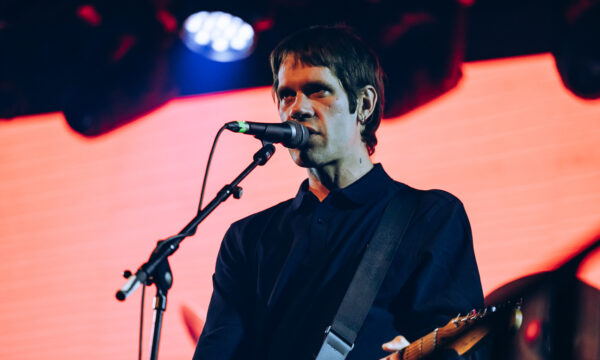
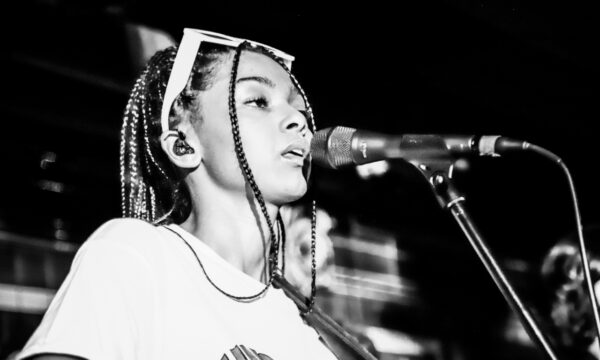
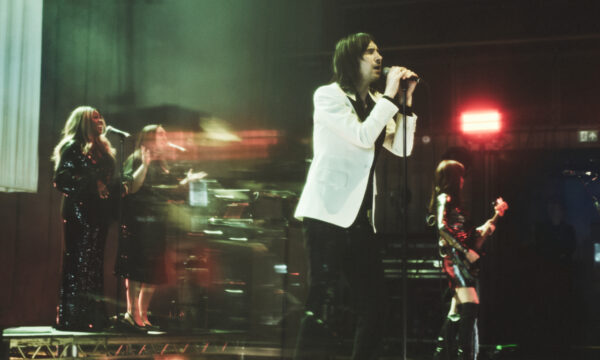
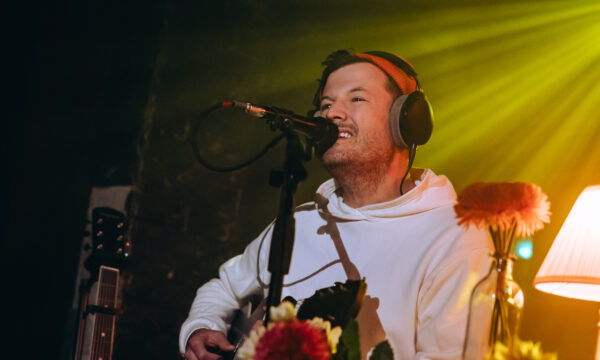
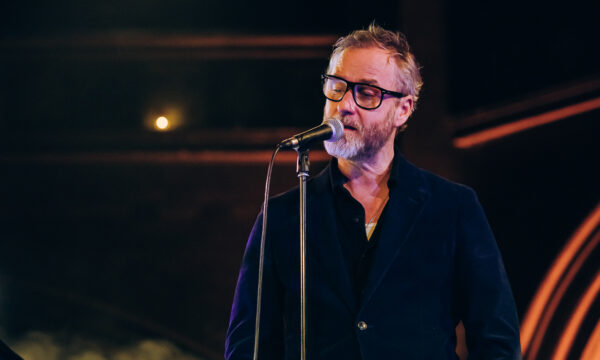
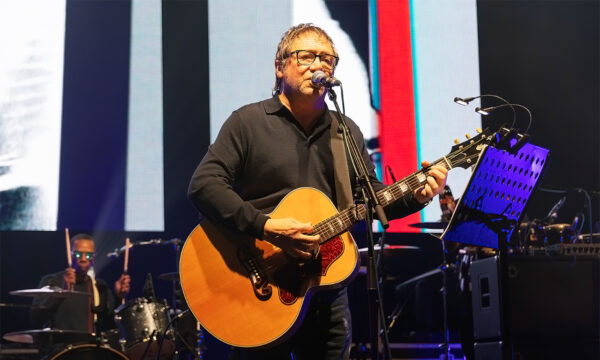
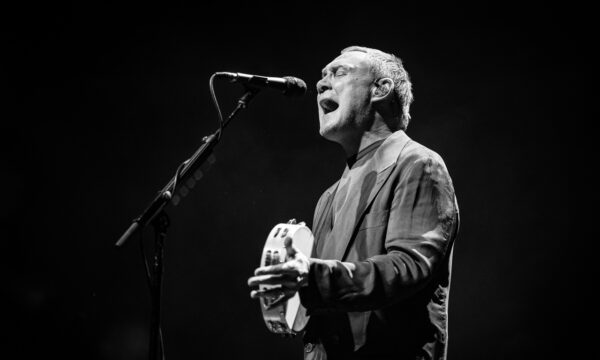
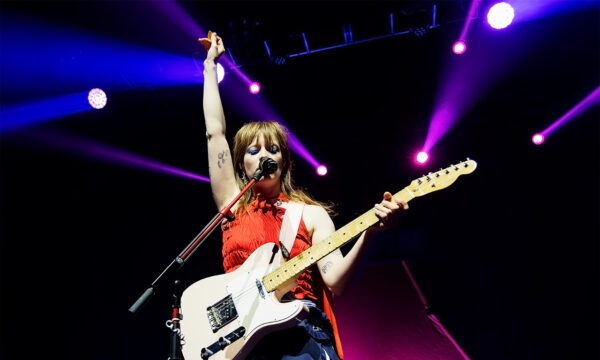
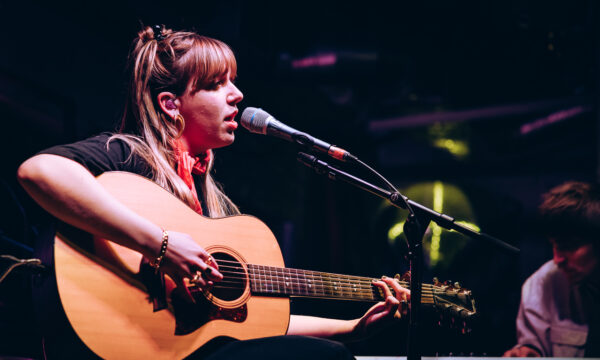














Facebook
Twitter
Instagram
YouTube
RSS